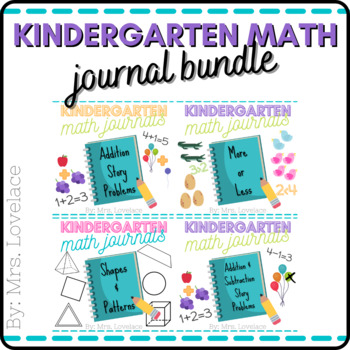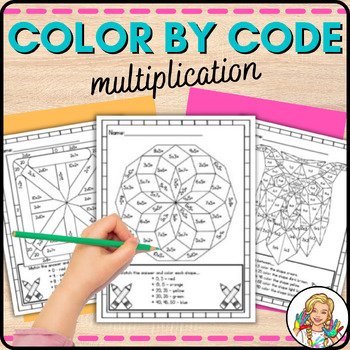Skip counting was one of the concepts we covered at the
beginning of the year in second grade.
Before the Common Core was in place, we used the Michigan standards
(Grade Level Content Expectations.)
Based on these, we needed to have second graders counting by 2, 5, 10, 3
and 4. Yes, you read that right 3 and
4. As a teacher, I had a hard time
wrapping my head around skip counting by 3s and 4s. As an adult in the real world, I could never
figure out why you would skip count by these numbers and I usually could only
do it by going through the multiplication facts in my head. Now, with the Common Core in place, second
graders are expected to skip count by 5s, 10s and 100s. That’s a little more relevant!!
I used picture books to help teach the concept. These are two that I found helpful. Count by Fives by Jerry Pallotta has a construction theme and counts by one until
it gets to ten and then it counts by five until it gets to one hundred. There are good visuals on each page that
allow the students to count along.
Arctic Fives Arrive by Elinor J. Pinczes is another
book that practices skip counting by fives.
This story is about arctic animals coming to an iceberg in groups of
five to watch the Northern Lights. This
book only counts up to thirty but all the animals are in the pictures, so
students could count along with the book.
Beyond reading picture books, we would use the hundreds
chart to help us count. We would circle
the numbers they would say when counting (by 2s, 5s, etc) and then go through
and practice counting the numbers. Every
day during calendar we would pick a way to skip count and practice up to 100
and sometimes 200.
We would play round robin type games where we would go
around the room and each student would say what would come next depending on
what number we were skip counting by.
This could cause anxiety for students who were struggling with this
concept so we had the hundreds charts posted to help scaffold for those
students.
Another game we would play was shapes in a minute. We would pick a shape and they would draw as
many as they could in a minute. Then
they would circle the shapes in groups based on what number we were counting by
and practice skip counting to find out how many total shapes they drew. I would usually adjust the shape we used
depending on what we were counting by and the skill level of the children. For example, if they were really good at skip
counting by 2s, I might have them draw circles – something they could draw fast
so the total number would be high. If
they were struggling with counting by 5s, for example, I would use stars or
something that was harder for them to draw, resulting in a lower total number
of shapes to count.
For our higher students who easily mastered the concept of
skip counting, we would connect it to repeated addition and then multiplication. This gave them a little more of challenge and
removed the visuals that the other students used to help them count.
I created a counting and skip counting activity for second
graders using task cards. These could be
used as a preassessment, an assessment, a math center, math journal entries,
and much much more.
What other strategies or activities do you use to teach skip counting to your
students?
Happy Teaching,
Sara









